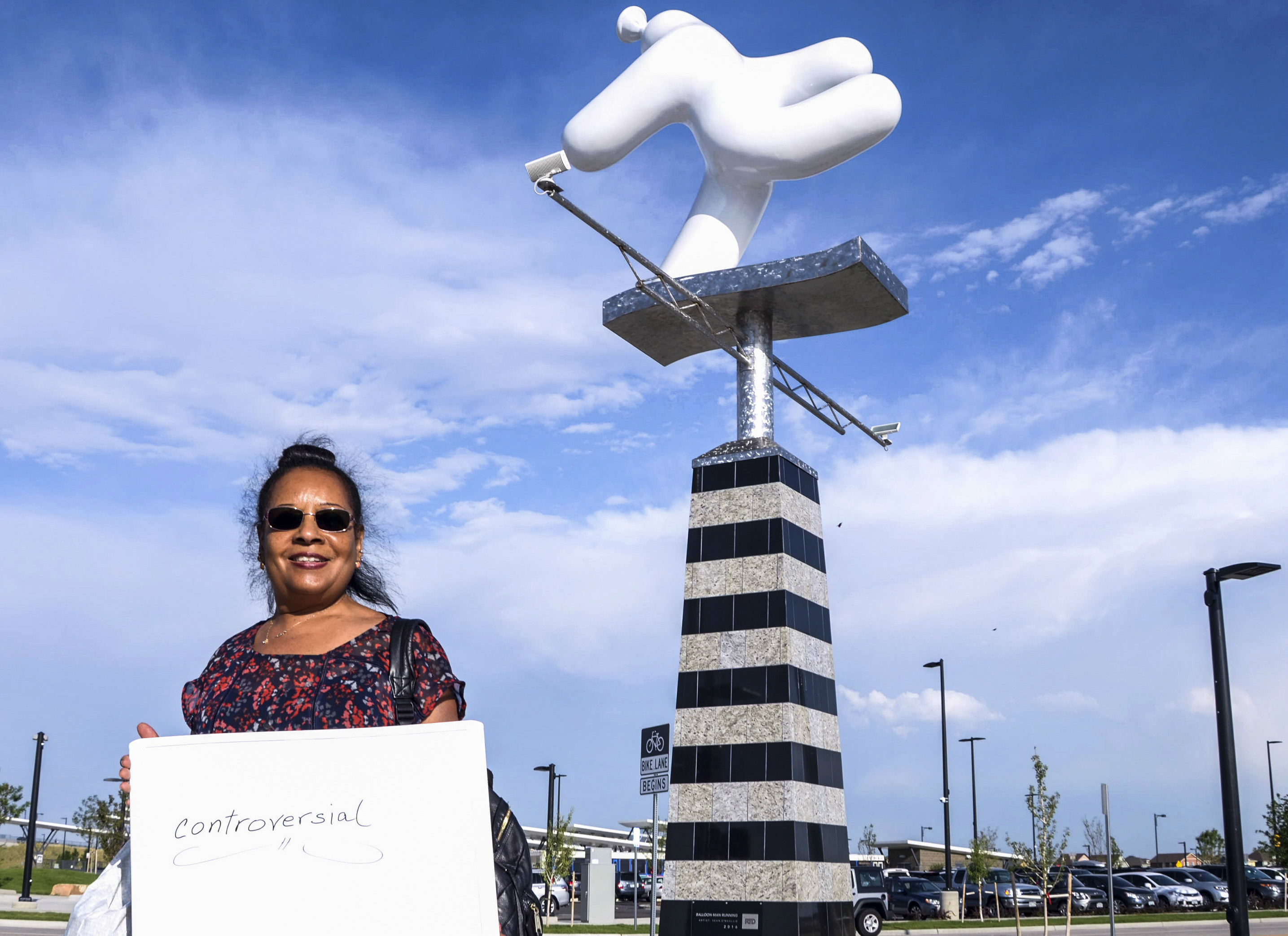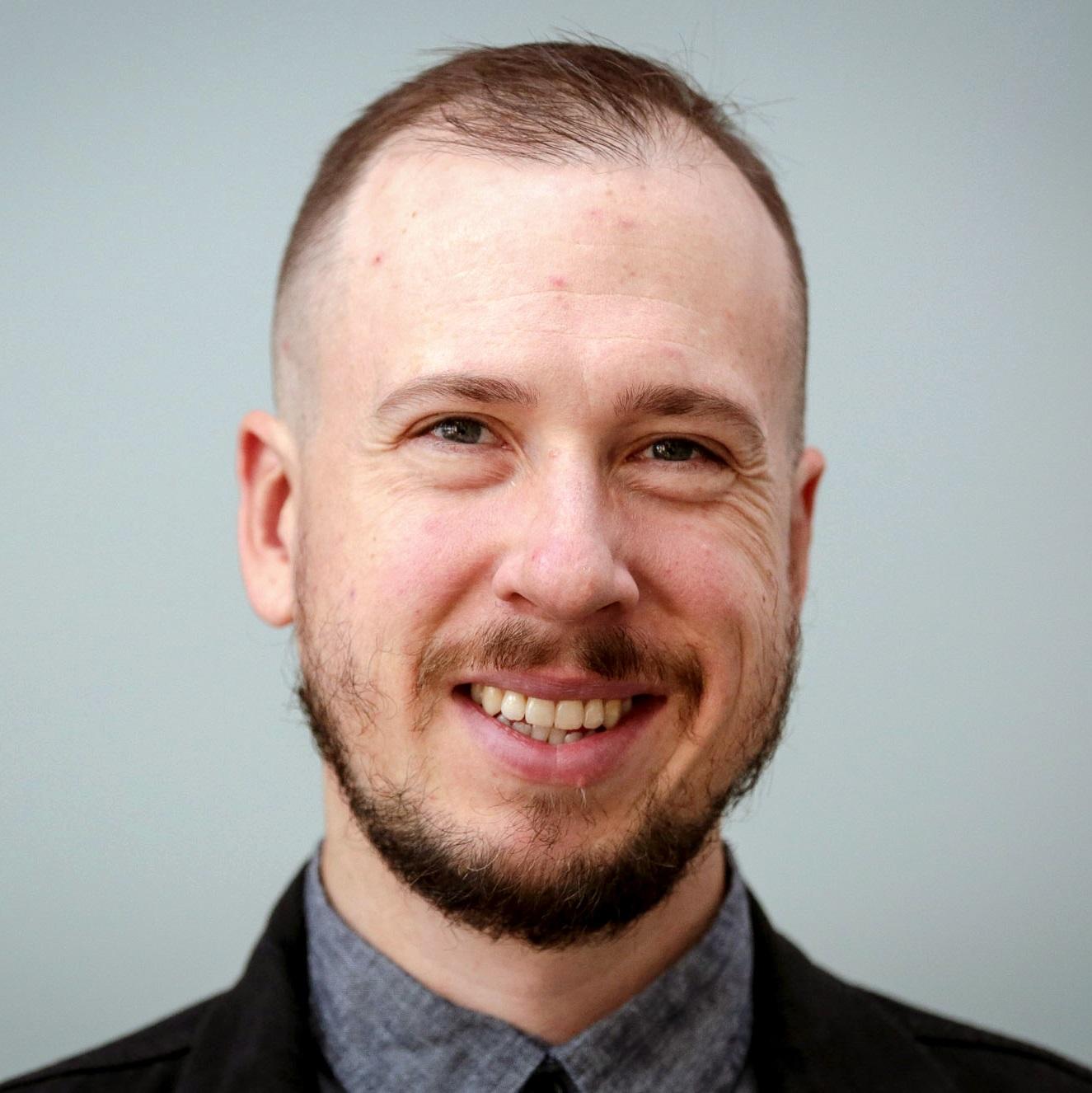

A new public art sculpture in east Denver caught our attention as we've been reporting on public art and how it's funded. It’s at one of the commuter rail stops on the way to Denver International Airport. What’s it look like to you?
We’ve heard answers like a marshmallow man, a latex glove filled with sand, even a jacks game piece.
RTD commissioned the installation for its Central Park Station. Colorado Springs artist Sean O’Meallie created the sculpture, called “Balloon Man Running.”
“It’s a fun piece, people seem to like it,” O’Meallie says. “It has a whimsical charm to it.”
The artist, a former toy inventor, has made many pieces that resemble balloons.
“It’s a malleable thing that can change its shape from pressure within and without,” O'Meallie says. “The visible part is this membrane, this thing with an implied potential. We can’t actually see what’s inside perhaps. For me, that's sort of a metaphor for human potential."
CPR News asked people passing by the sculpture what it meant to them. And we posed a simple question: What word comes to mind when you think of public art?
“Interesting,” Tom Gallegos says.
The Denver sheet metal worker starts his commute at 4:30 a.m. and passes the sculpture every day.
"If something piques my interest, I’ll remember it forever," Gallegos says. "Seeing this kind of makes my day better, that’s what I like about it."
Julia Rodriguez lives in the Stapleton neighborhood. She describes public art as “corporate.”
Rodriguez attends school in Montreal, where she sees a lot more public art such as murals.
“Most public art installations are in front of large offices, they’re in big centers of commerce,” Rodriguez says. “They don’t feel organic to me or at least in this city. In Denver, public art is something that’s commissioned rather than created.”
Tell us what public art means to you through our Public Insight Network. Your feedback could help shape what we report on next for our ongoing exploration of Colorado’s public art and arts funding.








